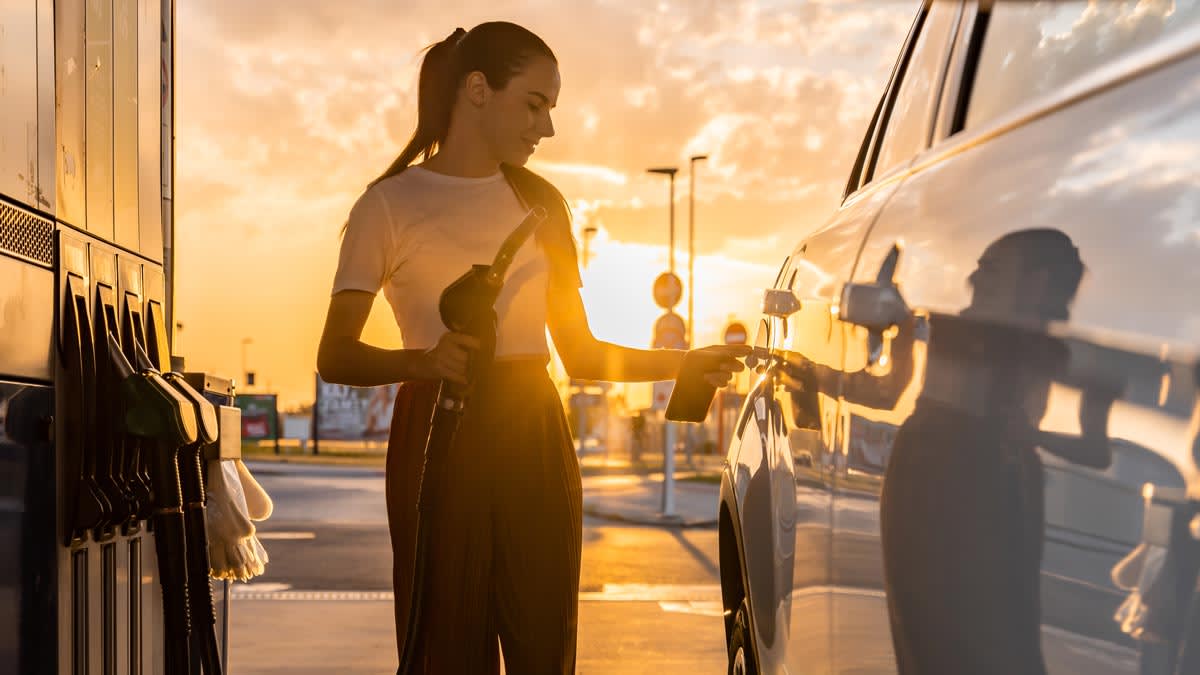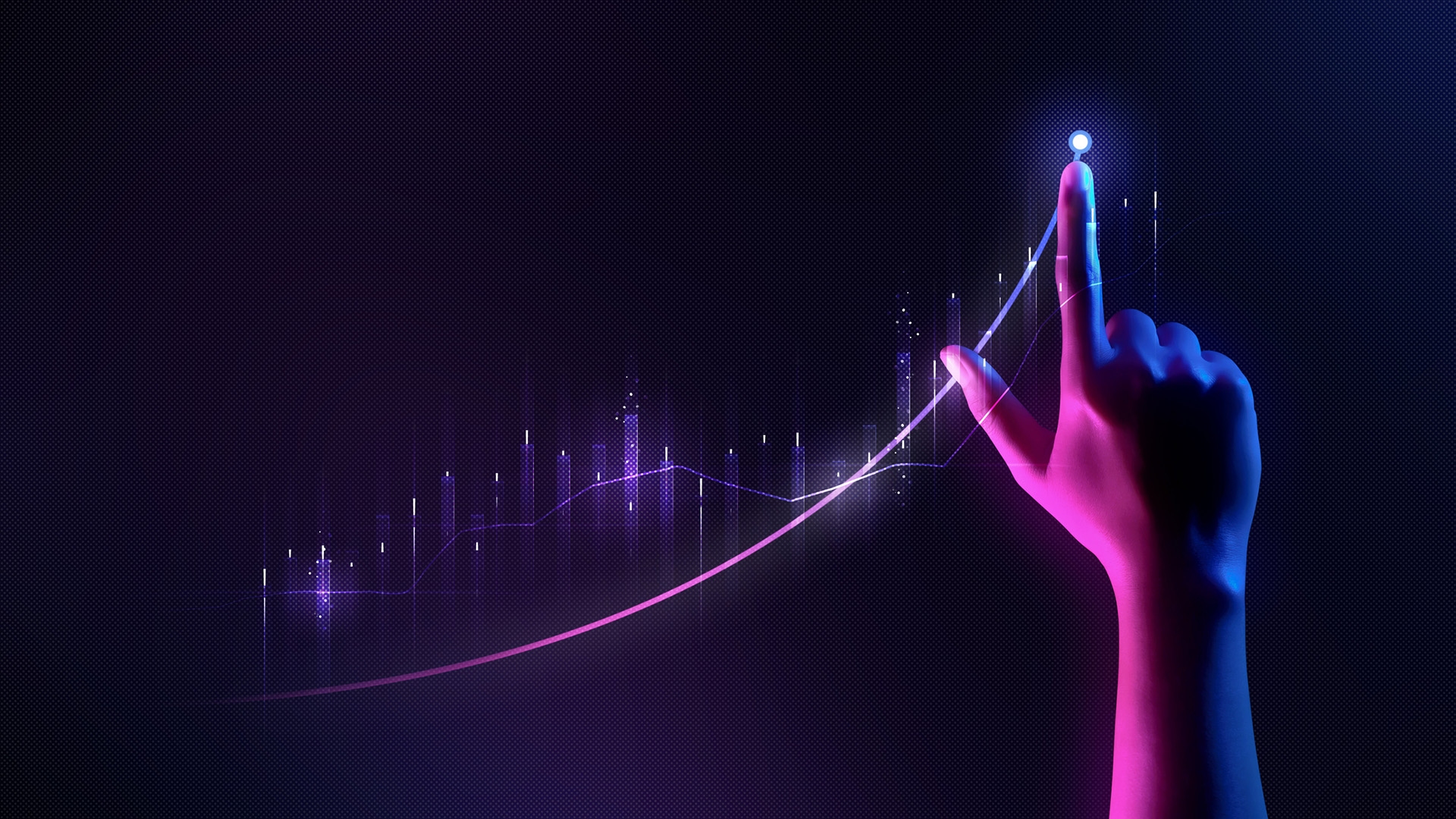When’s the Best Time to Buy Gas?

While the air temperature between fillings varied by up to 12° F, the fuel in our underground tank stayed at a steady 62° F. As a result, we found that after the first few gallons were pumped, the fuel temperature coming out of the nozzle varied very little between morning and afternoon.
At both morning and afternoon fill-ups, however, the first few gallons out of the nozzle were notably warmer than the following gallons. The temperature between the first and tenth gallons, for example, dropped by 8° F to 17° F. This was a result of the gas sitting in the pump dispenser, which was warmed by the sun. At our underground tank, which stores premium fuel, it’s not unusual for the gasoline to sit for hours or even days between fill-ups—unlike a typical filling station tank, which may be replenished every day or even more often. After pumping a car tankful of gas, 20 gallons or so, the temperature had declined to that of the underground tank.
For consumers, this indicates that you could be marginally better off getting gas when the fuel hasn’t been sitting in a sun-warmed pump assembly for very long, regardless of the time of day. But that only holds true if the underground tank is keeping the fuel cold. As Dugan says, that’s often not the case. Today’s double-walled tanks work just as well at keeping fuel warm as keeping it cool. If fuel is warm when it’s delivered to a station, it’ll still be warm when it’s sold a few hours later, whether that’s 5 in the morning or 2 in the afternoon.
Source link











